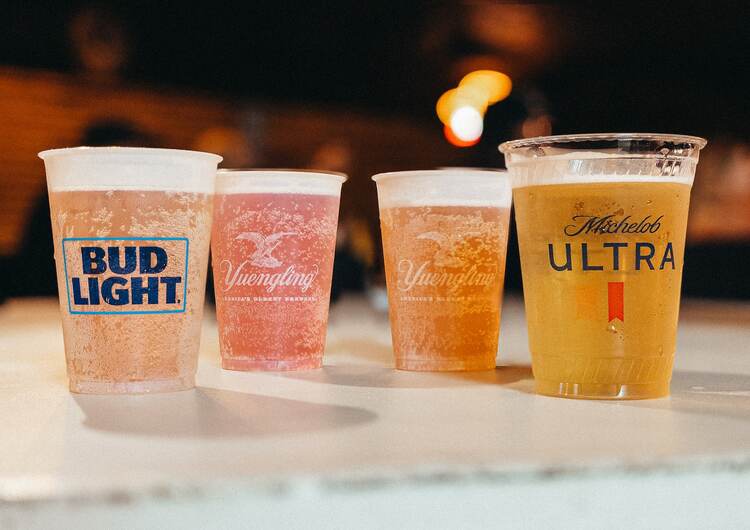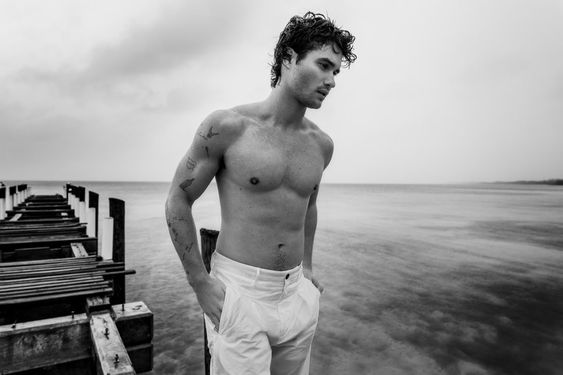The once-mighty Bud Light, a staple in the world of American beer, is facing a shocking downfall, with sales plummeting by a staggering 80 percent. This decline, which has left industry experts and consumers alike in disbelief, begs the question: What has caused this dramatic shift in the beer market?
Changing Tastes and Preferences
One of the primary factors contributing to Bud Light’s sales decline is the changing tastes and preferences of today’s beer consumers. In an era where craft beers, microbreweries, and artisanal beverages have gained immense popularity, mass-produced lagers like Bud Light are finding it increasingly challenging to keep up with the evolving demands of a more discerning and diverse customer base.
Craft Beer Boom
The craft beer boom, characterized by a focus on quality, unique flavors, and small-scale production, has been a significant driving force behind Bud Light’s decline. Consumers now seek out locally brewed, artisanal beers that offer a wide range of styles, from IPAs to stouts, and are often willing to pay a premium for these distinctive options.
Health and Wellness Trends
Another crucial factor influencing Bud Light’s fall from grace is the growing awareness of health and wellness among consumers. As individuals become more health-conscious, they are opting for lower-calorie, lower-carb, and gluten-free beer alternatives, leaving Bud Light, with its traditional attributes, struggling to compete in this segment.
The Rise of Seltzers
The rise of alcoholic seltzers, with their refreshing and low-calorie appeal, has further compounded Bud Light’s woes. Brands like White Claw and Truly have captured a significant portion of the market share, especially among younger consumers who prioritize light and crisp beverage options over traditional lagers.
Marketing and Brand Image
Bud Light’s marketing and brand image, once synonymous with fun, camaraderie, and iconic Super Bowl commercials, have faced criticism for being out of touch with the values and interests of modern consumers. This has resulted in a loss of connection with a younger and more socially conscious demographic.
The Pandemic Effect
The COVID-19 pandemic also played a role in the decline of Bud Light sales. With restrictions on social gatherings, sporting events, and bars, the beer industry as a whole suffered, and Bud Light was no exception. The lack of opportunities for consumers to enjoy the brand in social settings took a toll on its sales figures.
Adaptation and Recovery Efforts
In response to the stark sales decline, Anheuser-Busch, the parent company of Bud Light, is taking measures to adapt to the changing market. This includes introducing new products, such as Bud Light Seltzer, in an attempt to appeal to shifting consumer preferences and trends.
Conclusion
The decline of Bud Light, once an undisputed giant in the beer industry, serves as a stark reminder of how quickly market dynamics can change. With evolving consumer preferences, the rise of craft beer, health-conscious choices, and the popularity of seltzers, Bud Light faces a challenging road to recovery. Only time will tell whether this iconic brand can find a way to regain its former glory in a rapidly transforming beer landscape.




